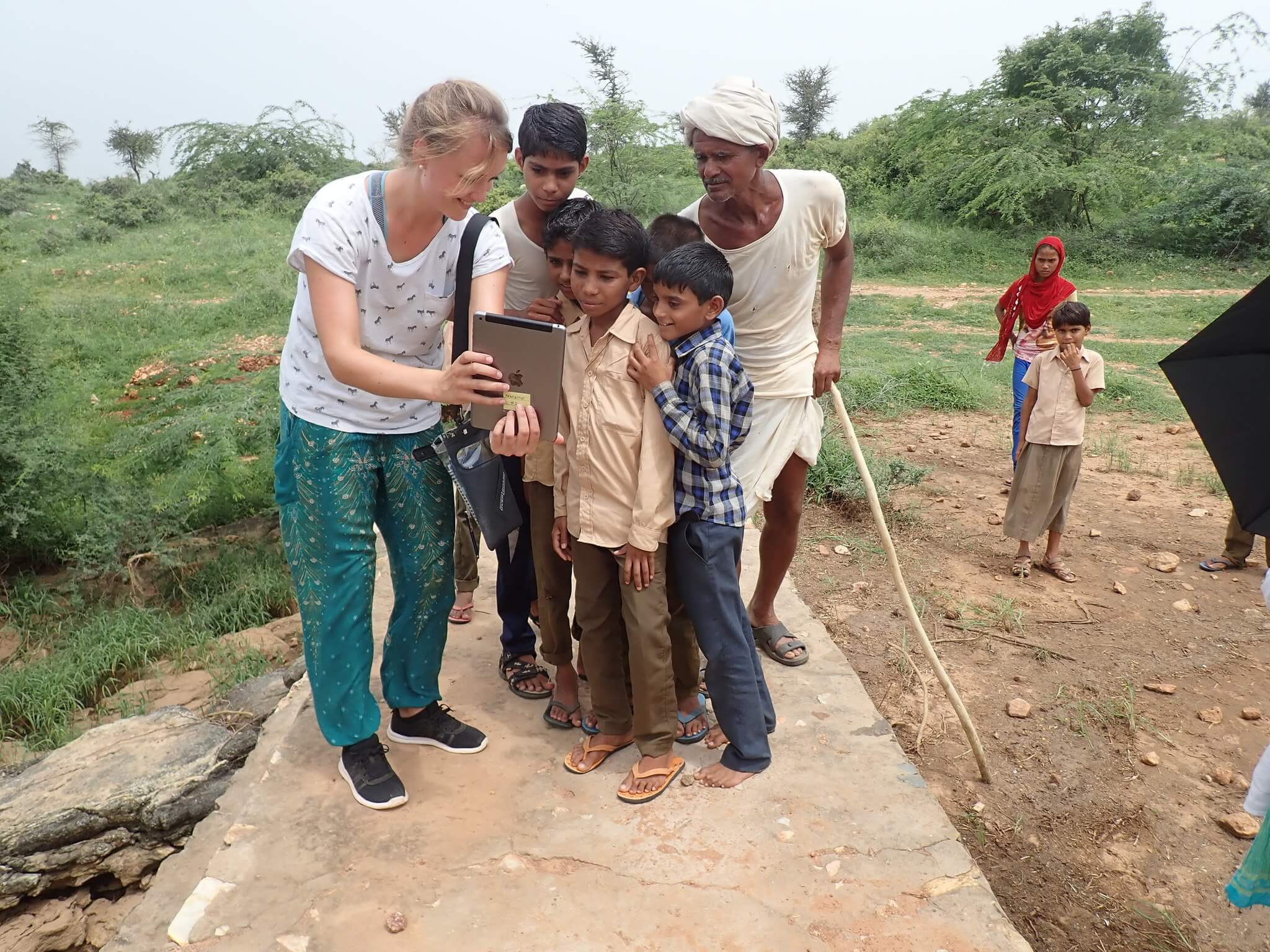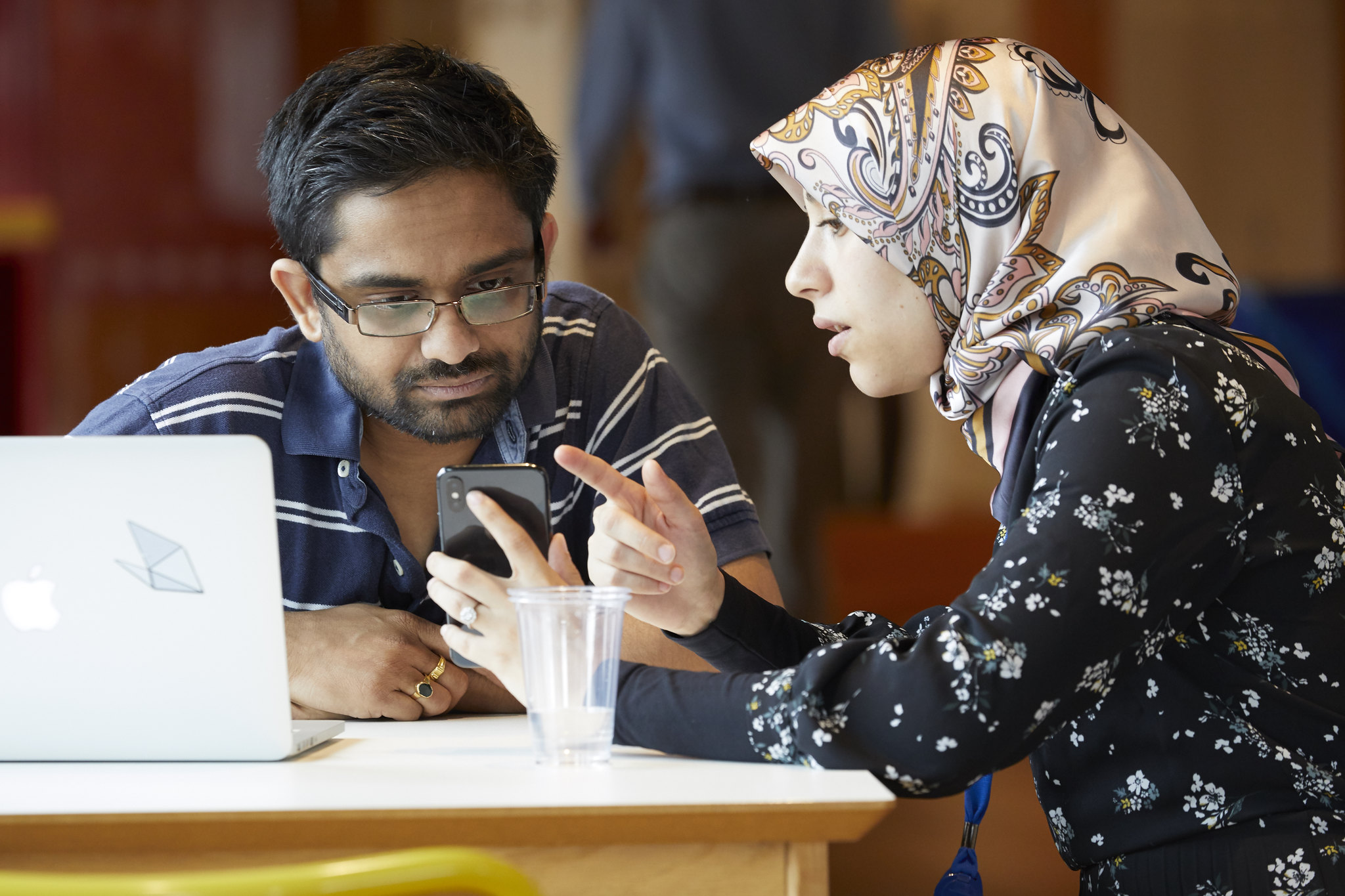There are millions of researchers across the globe working in development but finding the right people to work with can be a tricky task. Once they have been identified, it is another type of challenge to maintain those connections in the long term. This guide reflects on some of the lessons that Frontiers programme participants have learned in identifying and engaging collaborators across different regions and industries, as well as the ways they have made this process more effective.
Case study
Jo Rose, Senior Lecturer in Humanitarian Response, University of York
To demonstrate the importance of collaborating not only with others in the research field, but also with local communities, Jo Rose delved into her work on water and sanitation in Somalia. Similar projects in the past only lasted around six months – either because they required further maintenance that the community was not trained to do, or they were not tailored to the needs of the community, so were not used. This made them ineffective solutions.
To address this, Jo’s team worked with local organisations to incorporate cultural and religious considerations into the project design that aligned the results with the needs of the community. As a result, there was widespread use of water taps and latrines.
Furthermore, the town took responsibility for the maintenance of the sanitation services and made changes that better suited the community. For instance, they privatised the original project, which generated income and enabled them to install and maintain more latrines and water taps in homes. As a result, over 1,600 private latrines and 1,100 water taps were installed in 500 homes in the community where there were previously none. Collaboration with the community and prioritising local needs were critical to the project’s sustainability.
“Collaboration has to be in line with the priorities and needs of the community… These are people’s lives and the commitment must be long term if we’re going to develop meaningful and equal collaborations and achieve sustainable development.”
Jo Rose, Senior Lecturer in Humanitarian Response, University of York
Principles
Building long-lasting partnerships
Collaboration is key to the success of development projects that tackle challenging and multidisciplinary issues. To kick-off and maintain collaborative relationships throughout your career, participants identified some useful tips:
- Create a shared goal: establish a shared goal, co-created with your partners. This aligns the variety of objectives and perspectives in your group.
- Identify complementary skill-sets: identify peers with skill-sets that balance and complement each other to cover all needs of a project.
- Be flexible: working with collaborators requires flexibility to meet varying needs. This could be as simple as adjusting time zones or as complicated as adapting to shifting on-the-ground realities.
- Seize opportunities: collaboration and connection require effort and fostering new relationships can lead to future cooperation. Take advantage of opportunities to network with new people.
- Include local communities: include local communities to produce sustainable, beneficial and effective change.
- Maintain relationships: to develop meaningful and helpful programmes for development, collaborations must be long term.
- development, collaborations must be long term.

Communication
Communication can make or break collaborative projects. To maintain partnerships both during and after projects are completed, a common ground for communication must be identified. Participants identified several elements of good communication:
- Clear communication is a constant. It requires understanding cultural differences, being open-minded, preparing ahead of time, and being flexible to others’ needs and limitations.
- There will be a lot of ‘give and take’ in a collaborative relationship. It is founded on mutual respect. This can be achieved if you create a sense of shared responsibility for your project and shared ‘language’ that people from different backgrounds can understand.
- Use a mixture of ways to communicate and build relationships, depending on preferences and access. Meeting face-to-face, if possible, can be an important first step. Maintaining the relationship long term can be done via email, social media, phone calls, events, and more.

Understanding barriers
Partnerships often encounter barriers that can limit the ability to forge new collaborations or continue with collaborative projects. Participants shared many of the challenges they have faced in engaging collaborators, falling into four categories:
Partnerships:
- uniting different partner priorities
- time limitations to get to know new partners
- not speaking the same ‘technical language’
- balancing of leadership between partners in the Global North/Global South.
Institutional:
- funding constraints
- administrative approvals among the different organisations involved.
COVID-19:
- the end of in-person meetups
- infrastructure such as internet connection and access to technology.
Other:
- lack of networking opportunities
- non-inclusion of other actors like NGOs and local communities.
Interested in exploring more Frontiers' resources?
For more insights, tools, and tips like the ones in this report, check out all the Frontiers content available in our resources section
